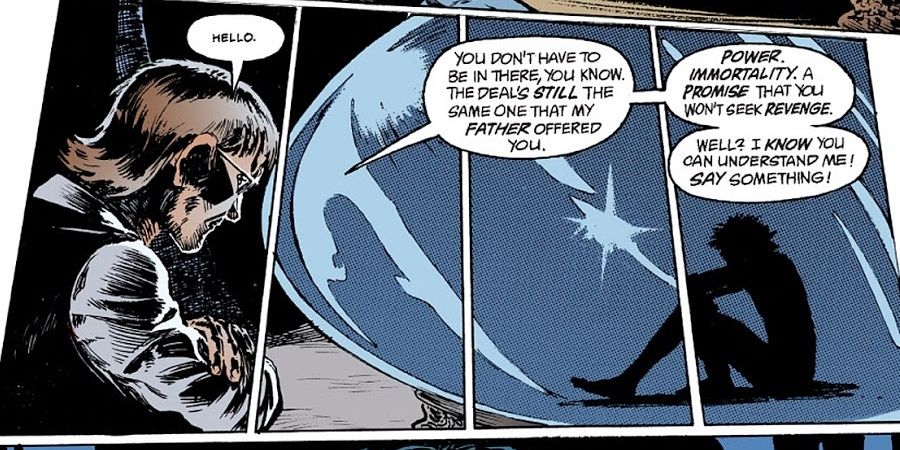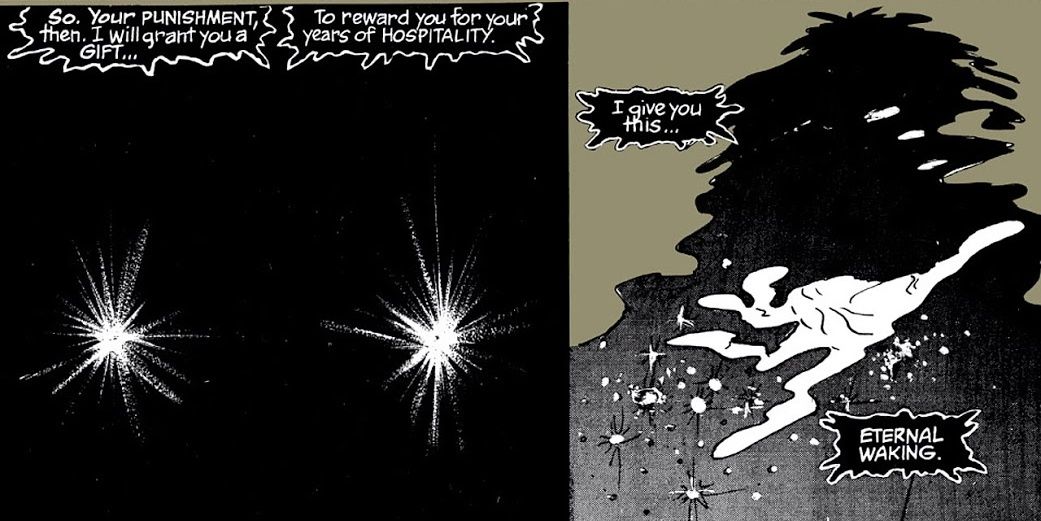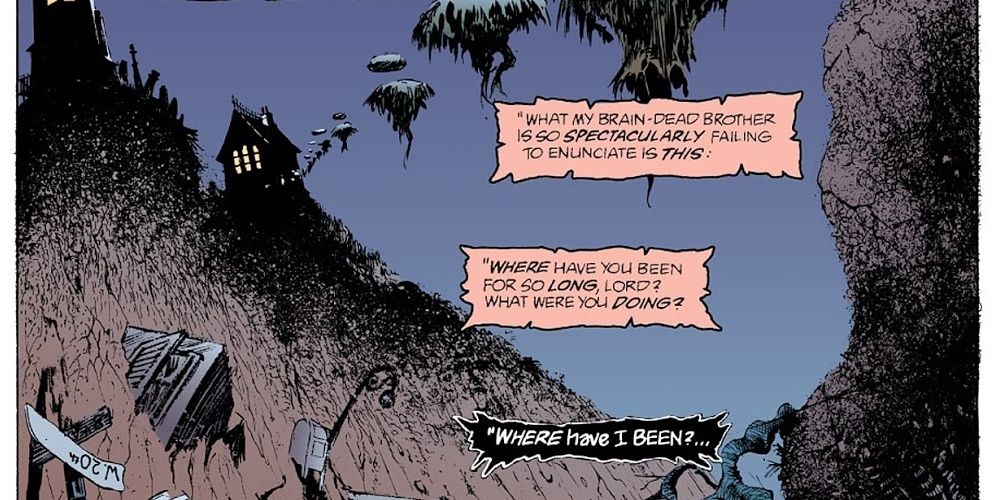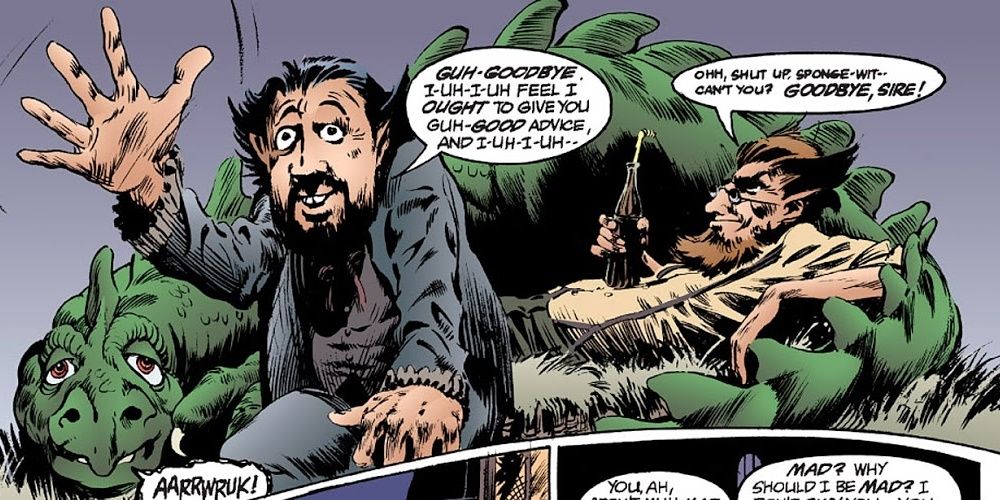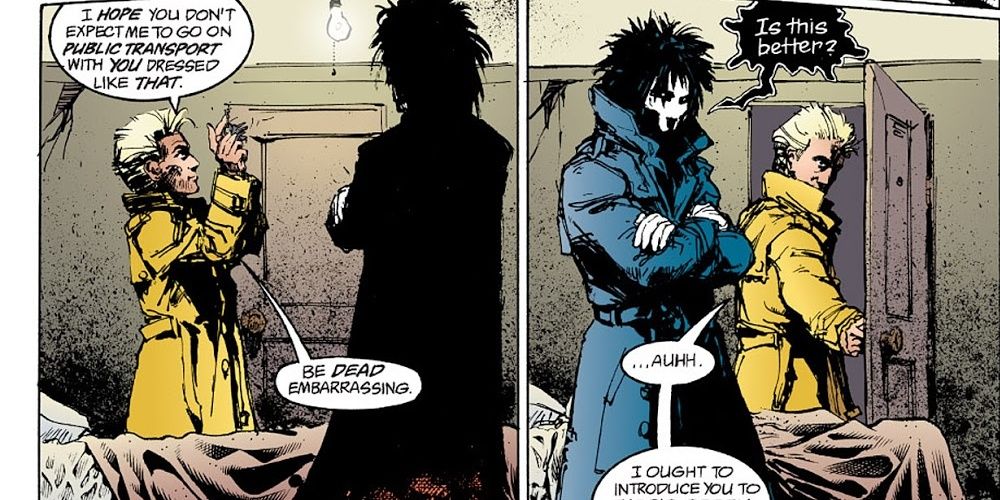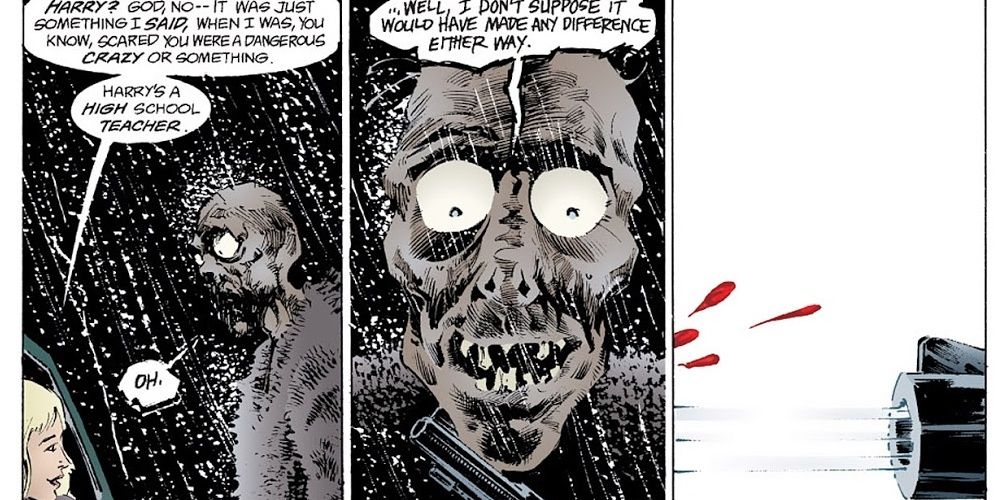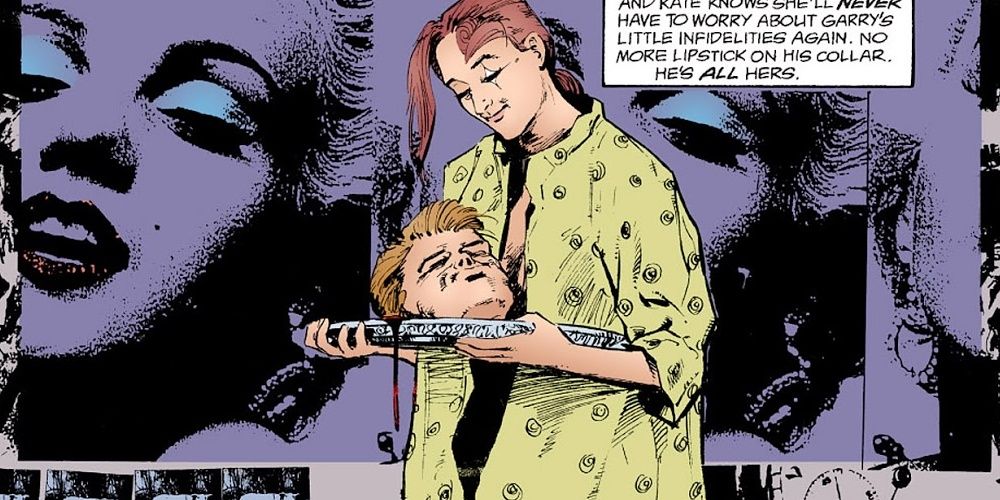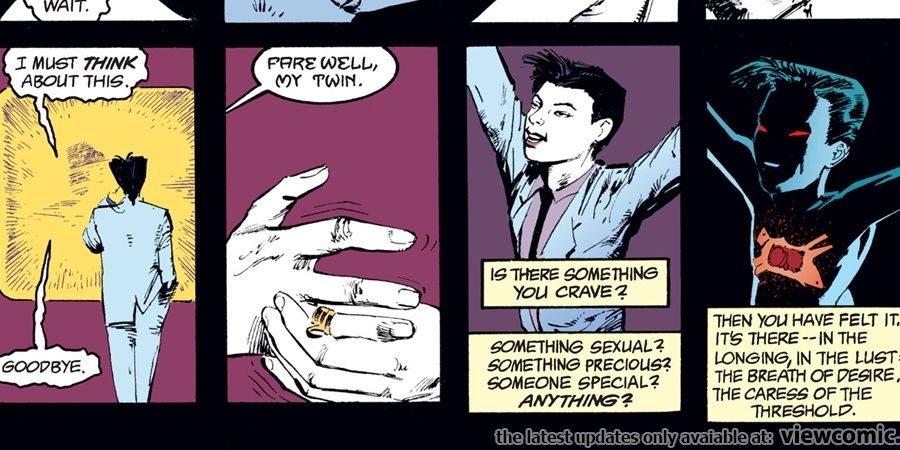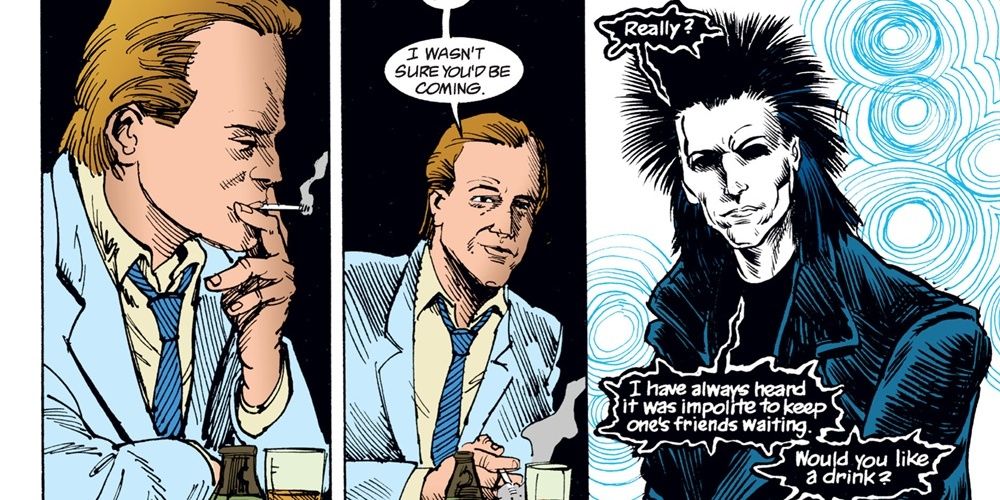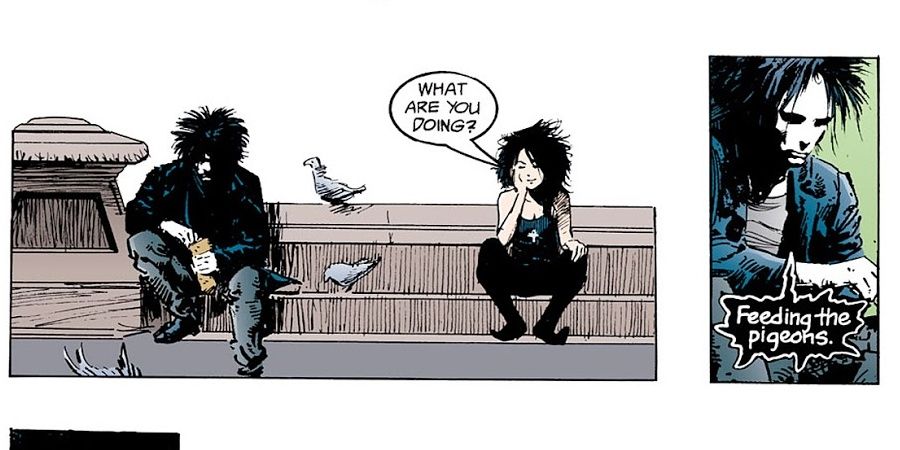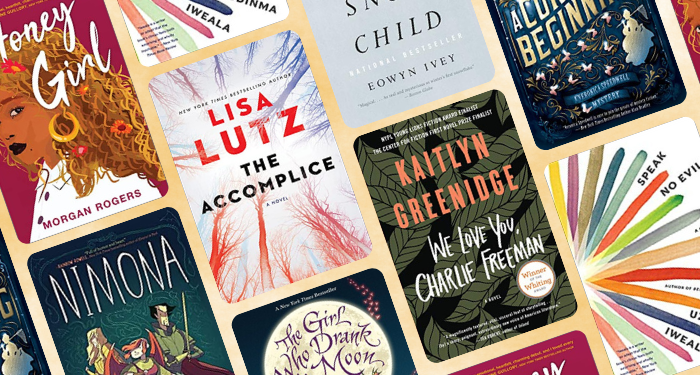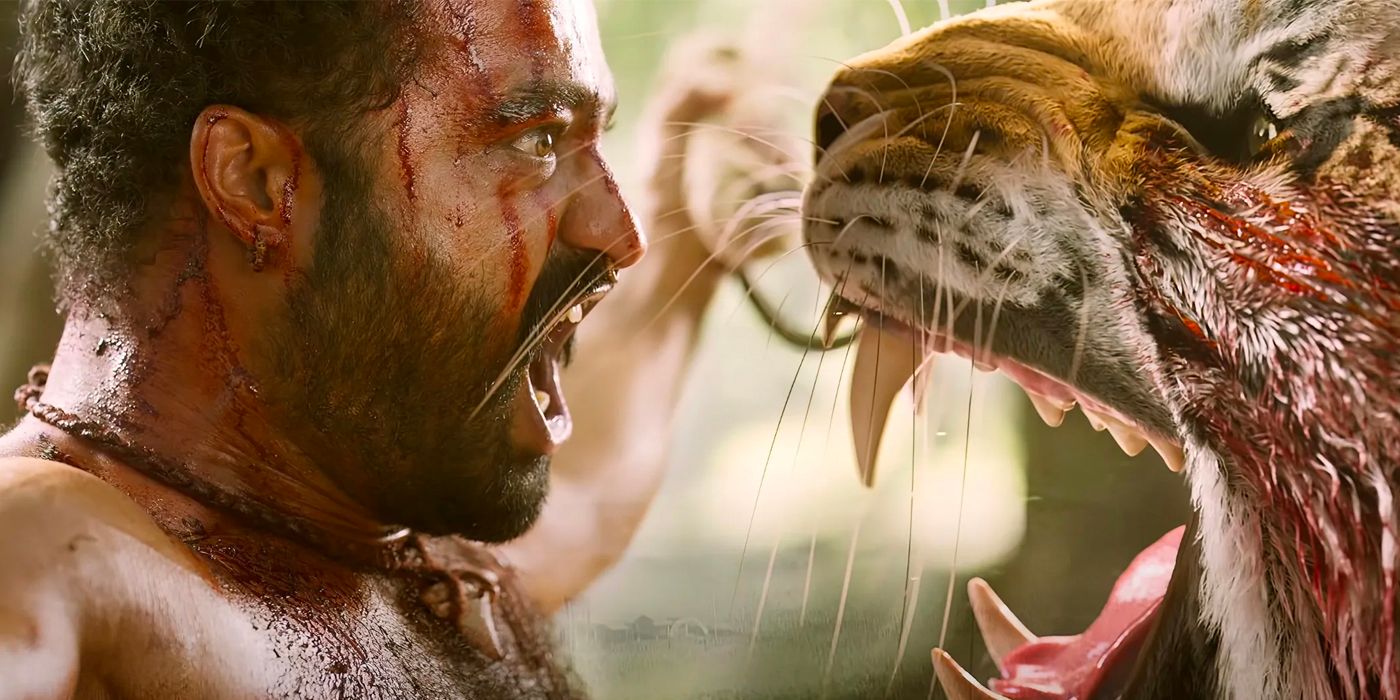The epic comic book saga penned by fantasy titan Neil Gaiman is finally being adapted to Netflix after many attempts to bring Morpheus, Lord of Dreams, to the big screen. Long-time Gaiman fans have been not-so-patiently waiting years to see an adaptation of all things Dreaming, and since the first teaser trailer dropped, speculation on the new series is at an all-time high. With Brienne of Tarth herself, Gwendoline Christie, stepping into the role of Lucifer, and John Cameron Mitchell as Hal, we’re all at the edge of our seats wondering what the series will look like.
How faithfully will the show follow the comics? The first season of the show is said to cover Preludes and Nocturnes and The Doll’s House, the first two collections ofSandmancomics. The original is visually rich, historically dense, and filled with a lyricism that sweeps through the pages. The illustrations by Sam Keith and Mike Dringenberg color the mood of the story, from gory to beautiful, and everything in between. The best we can hope for the Netflix series is that it takes direct inspiration from the best images from the dearly beloved comic books.
Dream, Imprisoned
The whole Sandman series kicks off with a misunderstanding. Attempting to cast a spell and gain immortality by imprisoning Death, a magician named Roderick Burgess traps our hero, Dream, instead. For 72 years, Dream is a prisoner, helpless and stoic, barely speaking a word to his captors. It serves as an introduction to Dream’s character as well as his power, as we see how much Roderick, and later his son Alex, fear his retribution and beg for access to his power. The image of him trapped and naked in his blue orb cell, still dignified and refusing to bargain for his freedom, is a vital opening for the story of Sandman.
The first seven issues of the comic follow the fallout of Dream’s capture and the retrieval of his magical objects, so it stands to reason that the show will begin just like the comics, with the capture, and hopefully with this image of his imprisonment as well.
Dream, Out For Revenge With Stars in His Eyes
Our first glimpse of Dream’s power is haunting. Here, after his escape, as he curses Alex Burgess with eternal waking, we see him as an eternal being for the first time. Instead of human eyes with pupils and irises, Dream’s eyes are glittering stars. The stars are celestial, inhuman, and cold, a reflection of who Dream is as an Eternal.
Will the starry-eyed look translate to the small screen? It’s hard to say. Those twin orbs shining in the dark are one of the first things that come to mind when thinking of Sandman, and the ultimate hope is that the show does this beloved character justice, right down to the color, or in this case, the absence, of his eyes.
Land of The Dreaming, In Disrepair
For 72 years of Dream’s captivity, no one has been around to maintain his realm, The Dreaming. In a memorable page in the second issue of Sandman, we’re shown the derelict, downright Seussian landscape, complete with floating islands and twisted street signs. The color pallet here gives the world an element of whimsy as well, doused in iris and pink.
Ideally, the TV adaptation will be able to weave through a multitude of genres and moods as seamlessly as the comics do, and Neil Gaiman himself, who has an Executive Producer credit for the show, has said in an Empire interview that it will genre-hop from episode to episode. That bodes well for a faithful recreation of the whimsical Dreaming.
An Apt Introduction to Cain and Abel
The casting of the first murderer and victim gave fans lots to be excited about, with Sanjeev Bhaskar as Cain, the conniving, temperamental killer and Asim Chaudhry set to play his bumbling brother Abel. It feels wrong to call these two biblical figures comic relief, because there is depth and horror to the psychological and physical violence Cain serves to Abel, but, like everything in the Sandman universe, nothing is static, and as bloody as the brothers get, they are funny too.
This frame in the second issue, with Cain drinking a coke, relaxing in the tail of his pet gargoyle, Gregory, as he begs a stuttering Abel to be quiet, is a perfect encapsulation of both of their characters. I expect the show to nail their gruesome sibling dynamic, and the best way to do that is to take inspiration directly from this frame.
John Constantine Judges Dream’s Outfit
John Constantine may be a slightly unfair addition to this list since it has come out that his character will not be adapted for the Netflix show. Instead, Jenna Coleman is slated to play Johanna Constantine, John’s great-great-great-grandmother, the 18th-century adventurer, who will appear both in the past and the present of the story, presumably filling John’s shoes.
Though not quite as deadpan as John, Johanna is tough, and she might have the wherewithal to call out Dream for his choice of outfit. This panel is a lighthearted moment in the series, poking fun at an eternal, primordial being’s fashion sense. Fans would surely be delighted if this scene made its way into the show.
An Escaped Prisoner, A Ruthless Murder
The role of John Dee, a man who has spent years in the Arkham Asylum, is going to be played by powerhouse British actor David Thewlis. He is a menacing character who, after such a long period of mistreatment, escapes the asylum with his hands on Dream’s precious and powerful object, the Dreamstone. His escape is aided by a kind woman who drives him away from the asylum. During the drive, he lures her into a sense of calm, then kills her.
One of the weightiest, most horrific panels in the whole series, John Dee’s first murder was a critical moment, and the way it’s handled onscreen will establish the depths of darkness the show can reach.
A Not-So-Sweet Dream Sequence
Dream sequences are a key feature of the Sandman comics. Slipping in and out of mortal’s dreams is how Dream moves through the mortal world, and it is a way for the comics to shake things up stylistically and welcome all sorts of unique artistic sequences.
This scene, in particular, is a twisted look at the violence of human desire. Using the Dreamstone, John Dee traps unsuspecting diner-goers in his own alternate reality and plays with their emotions by making their deepest, greediest dreams come true. The backbone of the Sandman Universe, the blend of reality and dream will be integral to the show, visually and thematically.
Desire is in the Heart
Desire is arguably Dream’s hottest sibling. Set to be portrayed by Mason Alexander Park, they are a genderless personification of desire, a conniving immortal driven by greed and lust. Though they play a relatively small role in the first two Sandman collections that the show is meant to cover, their presence plays an important role and gives readers a glimpse into another realm of the Endless. Desire’s realm is the heart, a cavernous place where deep needs take hold.
For Desire to meet the fan’s expectations, they need to be as cold, as hot, and as shape-shifting as they are in the comics. With a wicked streak and a soft spot for their sister, Despair, Desire should embody the complexity of their name, and reside, rightfully, in the heart.
Dream’s Mortal Friend 
Hob Gadling’s arc is one of the lightest in this often grim series, and for that reason, it may be necessary for the show to include it, in order to cut through the darkness and switch up the tone. Hob first meets Dream in 1389 after Dream and Death overhear him boasting that he will never die. Amused, Death grants him immortality as long as he wishes to stay alive.
What follows is an acquaintanceship between Dream and Hob that spans centuries, as they meet every hundred years for a check-in. The overall story is life-affirming, and it proves that, as isolated and eternal as Dream can appear, he has a sentimental side. If done right, this storyline on the show would be heartfelt and sweet, and at the end of it all, there wouldn’t be a dry eye in the house.
Feeding The Pigeons
This iconic scene is one that has been plastered on t-shirts and tattooed onto the arms of die-hard fans. It’s light, it’s fun, and it shows Dream as existential, dead-pan, and painfully almost-human. He is feeding the pigeons. Why? Who cares. It’s funny. It’s also our first introduction to Dream’s big sister, Death, and what starts off as a deceptively simple interaction between siblings turns into Dream vocalizing his struggle to find meaning after being freed from imprisonment. It is a meaningful conversation between two people who have known each other for eternity, and it is Dream’s first time showing true emotions.
Feeding the pigeons. This scene encapsulates everything that is good about Sandman; the humor, the philosophy, the artistry. If Dream doesn’t feed pigeons in the Netflix series, we will riot.



























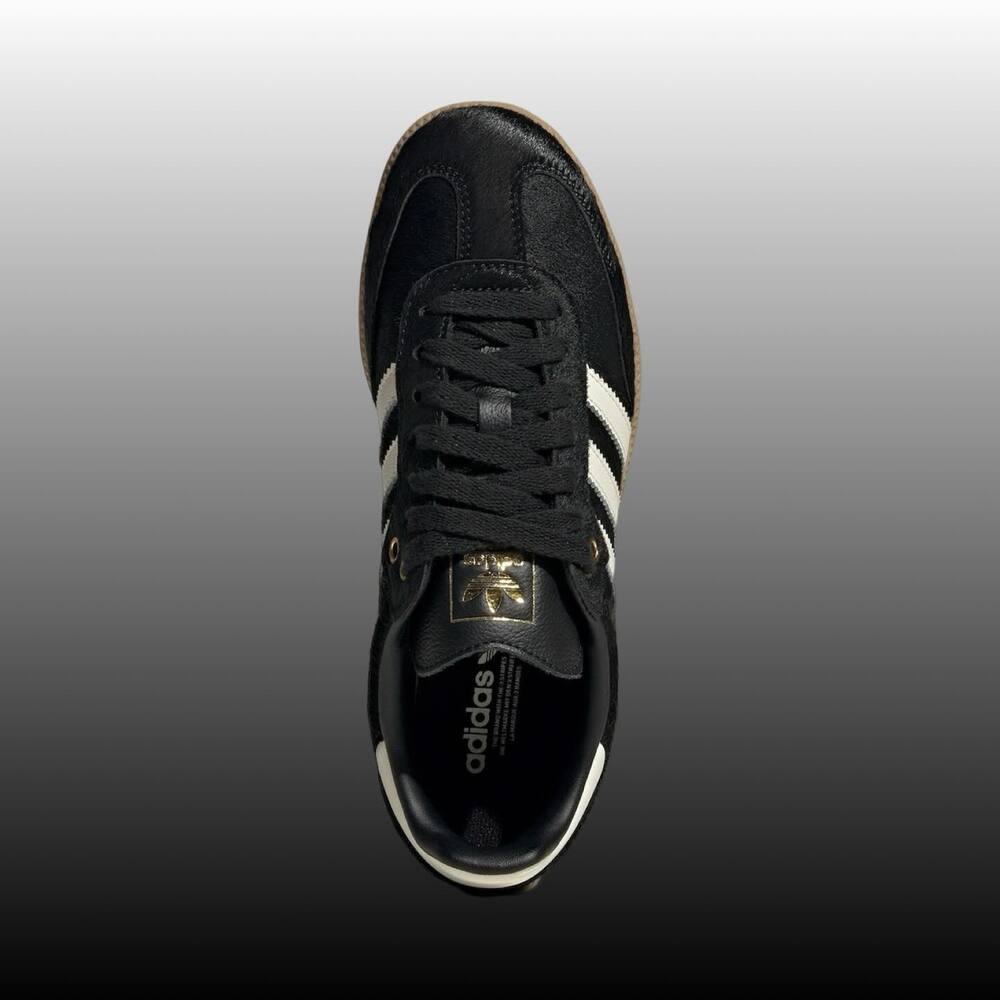









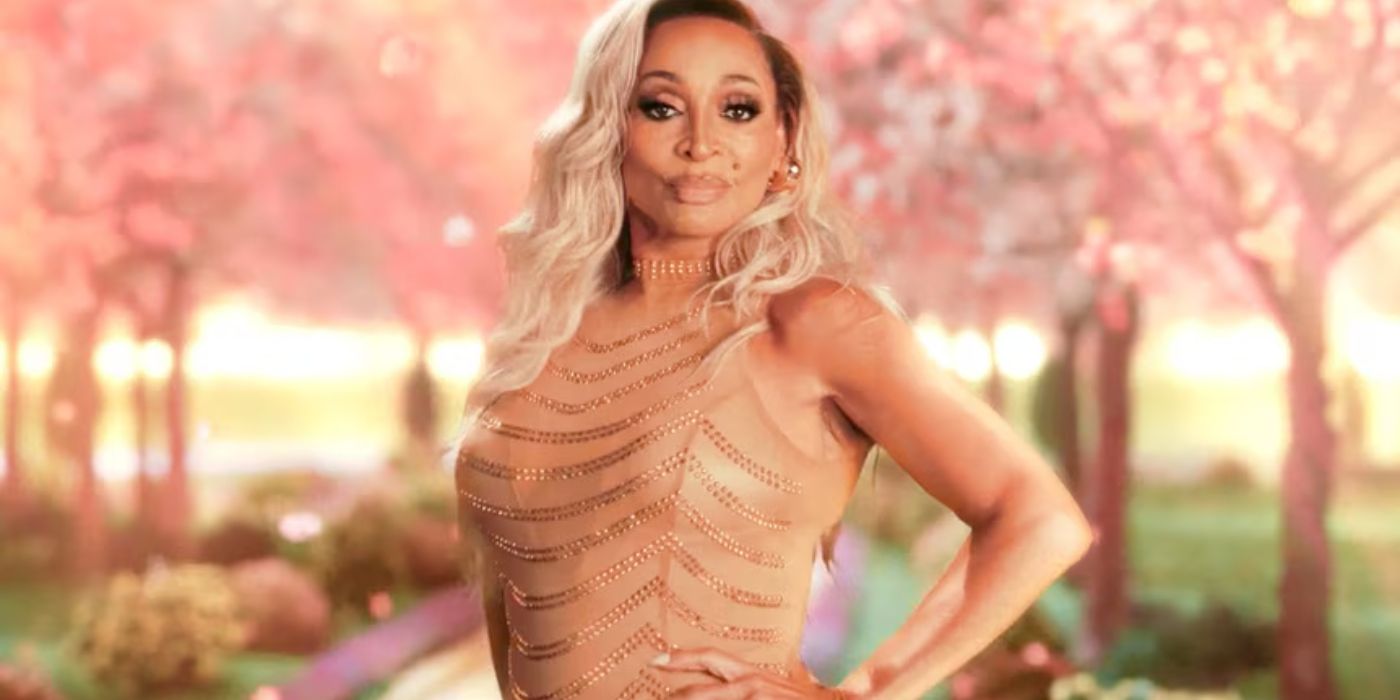


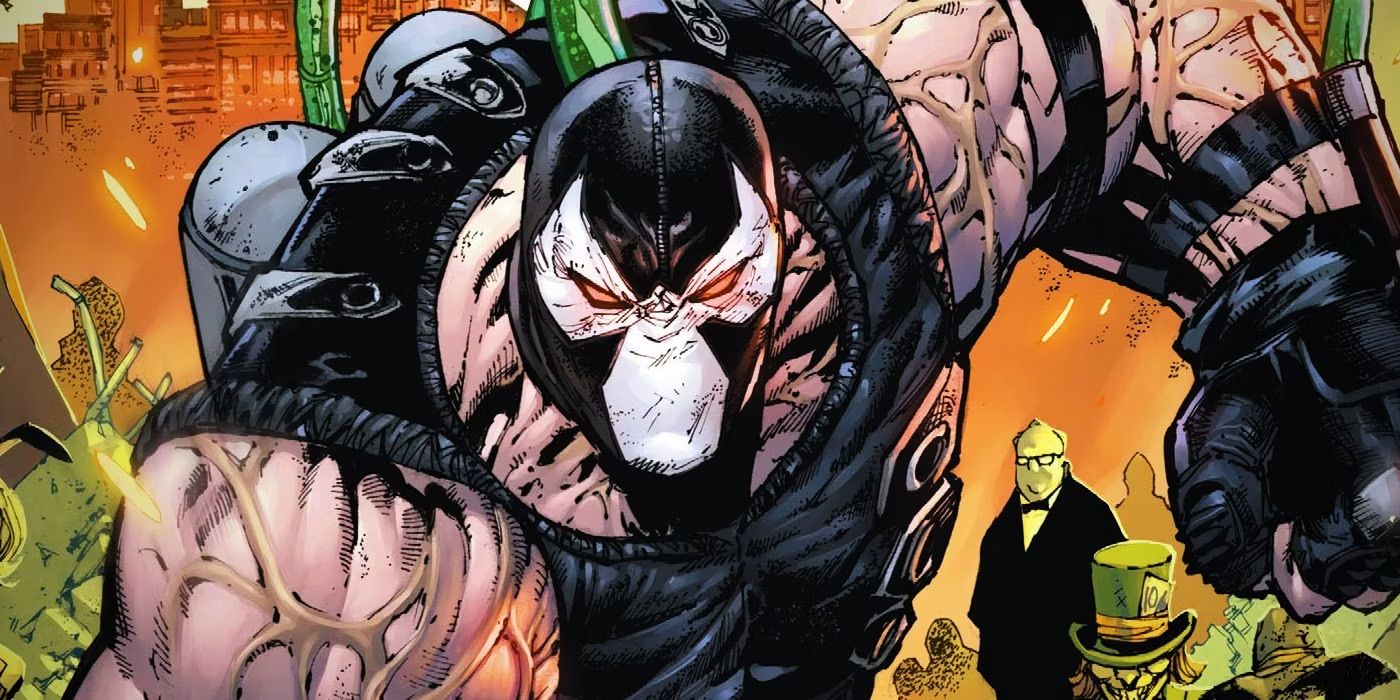










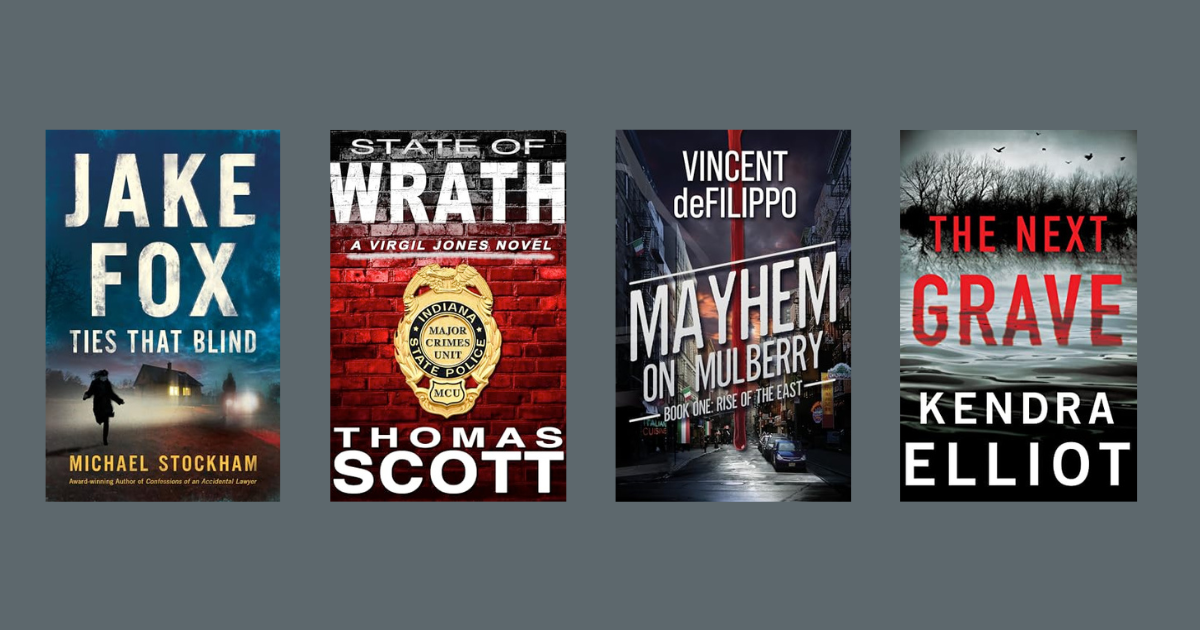









-1.jpg)
